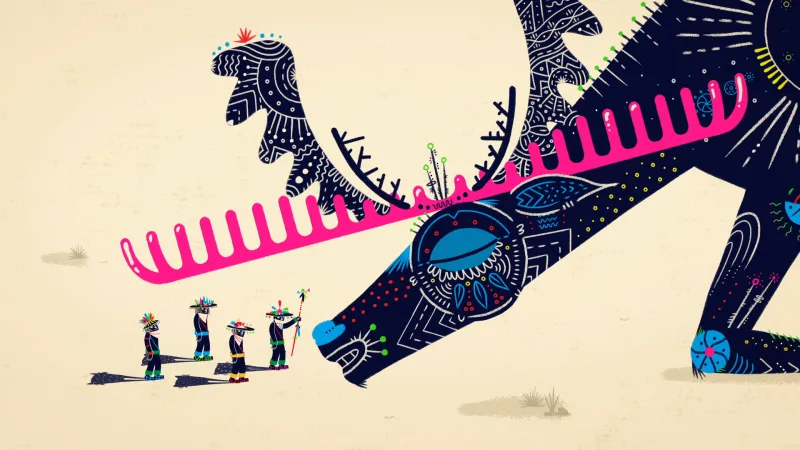
Search
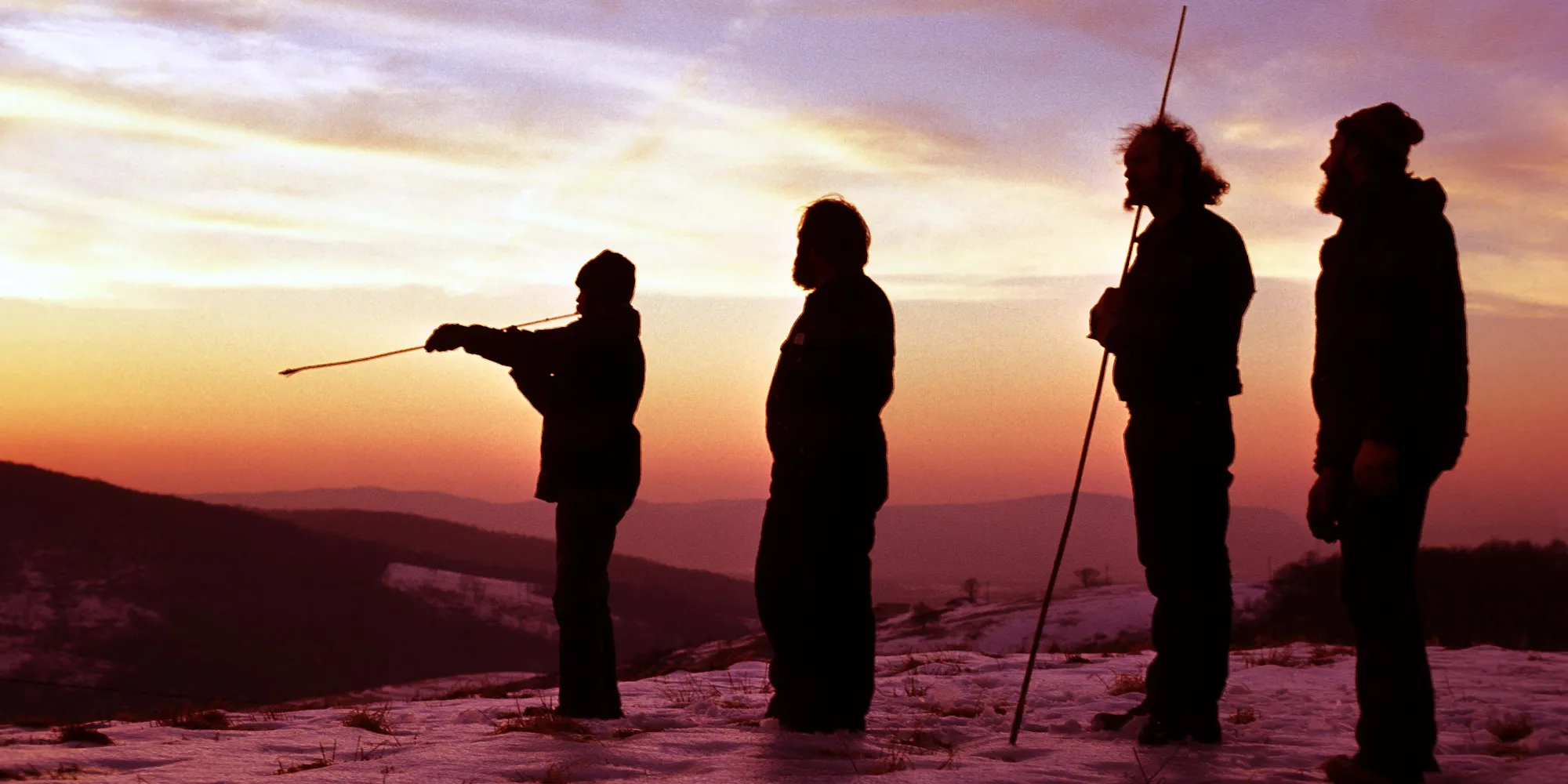
News from Recovering Voices
What you missed at the 2nd annual Recovering Voices Mother Tongue Film Festival and what’s in store for 2018!
By: Laura Sharp
05/03/2017

Over the course of five days in February 2017 over 750 people gathered in Washington, DC to watch 32 films in 33 languages from across 6 continents. Honoring the United Nations International Mother Languages Day (February 21), the second annual Recovering Voices Mother Tongue Film Festival was presented through a collaboration between the Smithsonian's National Museum of Natural History, National Museum of the American Indian and the Center for Folklife and Cultural Heritage. Sixteen film makers and community cultural leaders from around the world came to engage with audiences during post-screening discussions as well as participate in a large expert panel. Each day showcased short and feature length films from around the world, each in a unique mother tongue, many of which are indigenous.

The Recovering Voices Mother Tongue Film Festival opened on International Mother Language Day, February 21, 2017 with a welcoming drum and song from local Piscataway tribe member, Sebi Medina-Tayac. Headlining opening night was the visually powerful and poetic Mele Murals directed by Tadashi Nakamura, preceded by Four Faces of the Moon and Wiñoy Tañi Kewvn (Volvió Mi Lengua). Richard Kurin, Acting Provost and Under Secretary for Museums and Research at the Smithsonian Institution and Joshua A. Bell, Curator of Globalization at National Museum of Natural History gave introductory remarks, touching on the significance of this event and its uniqueness in DC. A post-screening Q&A featured Mele Murals director Tadashi Nakamura and a star of the film and renowned graffiti artist, John “Prime” Hina and was moderated by Smithsonian Center for Folklife and Cultural Heritage’s Director, Michael Mason.
Prior to the opening, the festival organized a youth focused ARTLAB+ event in partnership with the Hirshhorn Museum. Local youth from the DC Metro region met with film producer Tadashi (Tad) Nakamura and renowned street graffiti artist “Prime” to learn about finding their artistic voice, film production techniques and career possibilities. These youth, interested in film production and post-production, music and graffiti art, were treated to an intimate workshop with Tad. Tad used content from the Mele Murals film to demonstrate some of the signature traits of his production style and ways to approach film production and post-production, and discussed the many layers of professionals required in the process and the unique opportunities for specialization in the film industry. The group was excited by the accessibility of the technology and applications used in film production.
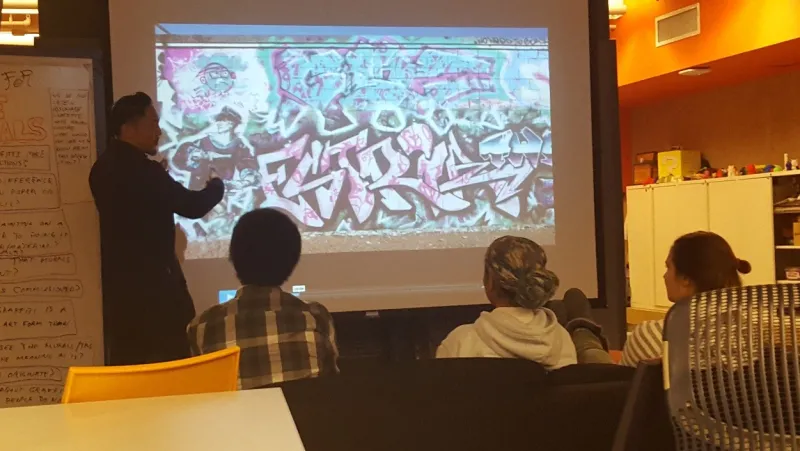
Day 2 (February 22) of the Mother Tongue Film Festival began at the National Museum of Natural History’s Q?rius Theater with a day-time screening of David MacDougall’s film To Live with Herds (1972). This classic documentary, selected from the Smithsonian’s National Anthropological Film Collection at the National Anthropological Archives, showcased the Jie, a semi-nomadic pastoral people in northeastern Uganda. The film examines the Jie’s struggle to maintain their way of life in the face of unsympathetic government policy and a dry-season famine. Families with young children and seasoned film and history buffs were in attendance.
The evening screening held at the Landmark Atlantic Plumbing Cinema showcased two Canadian films. Grandfather Drum, an animated short film in English and Anishinaabe, about a healing drum, family and community. The feature film, Avant les Rues/Before the Streets, dealt with the troubles encountered by an Atikamekw youth in Quebec, Canada and his attempt to return to his village and traditional roots. Janice Ottawa, an Atikamekw language teacher from Quebec, Canada who was featured in the film attended the screening and participated in a Q & A session.
Day 3 (February 23) featured the first screening of the action packed “Next Gen” shorts program hosted by the National Museum of the American Indian in the Rasmuson Theater. Eight geographically and linguistically diverse shorts targeted towards a younger audience were screened. Highlights from these included A Kid Under The Tree about a young charming Tibetan boy who imagines himself as a school teacher, teaching rocks as his imagined students after having to discontinue his studies and take on the family herding duties.
The evening program hosted at the New York University DC, Abramson Family Auditorium, featured the powerful feature documentary, Sonita. Sonita, an undocumented Afghan illegal immigrant living in the poor suburbs of Tehran fights to live the way she wants, as an artist, singer, and musician in spite of all the obstacles she confronts in Iran. Preceding Sonita were the Wall Building Song and Hablando, two hip-hop music videos. The Sonita Q & A featured guest panelists Mazi Mutafa, Executive Director of Words Beats & Life, a hip-hop nonprofit, and William Youmans, Assistant Professor at the School of Media and Public Affairs at the George Washington University. Torell Taylor, the film festival program coordinator, facilitated an engaging discussion about hip-hop, culture and film.
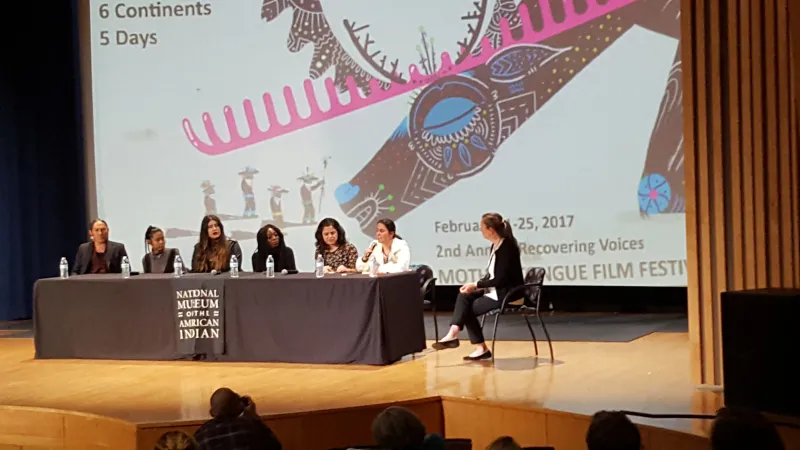
On Day 4 (February 24) the Mother Tongue Film Festival screened a shorts programmed geared towards an adult audience, featuring 12 amazing short films followed by a panel of film makers and language experts. Included in this film series were a selection of the 68 Voces/68 Voices,a series of animated indigenous stories narrated in their native language. These shorts were created under the premise "No one can love what he does not know" in order to help foster pride, respect and use of indigenous Mexican languages between speakers and non-speakers.
This fascinating and impressive panel included four groundbreaking filmmakers and a cultural leader and was facilitated by Mary Linn and translated by Amalia Cordova, both from the Center for Folklife and Cultural Heritage. Panelists included Gabriela Badillo, creator of the 68 Voces/68 Voices project, Akosua Adoma Owusu, Ghanaian-American avant-garde filmmaker of Kwaku Ananse, Alexandra Lazarowich, Cree filmmaker of Cree Code Talker, Kayla Briet, writer, composer and director of Smoke That Travels, as well as Gary Wiskigeamatyuk, Kayla’s father and a respected community leader.
The Friday evening program hosted by the Mexican Cultural Institute of Washington, DC showcased El sueño del Mara’akame/Mara’akame’s Dream, the Wixárika (Huichol) and Spanish language story of a young Wixáritari indian whose dream is traveling with his band to play a concert in Mexico City. Preceding the feature were four of the visually stunning 68 Voces/68 Voices animated shorts including films in Seri, Mayo, Náhuatl and Wixárika (Huichol) languages. Joining the audience for Q & A was Masha Kostiurina, Producer of El sueño del Mara’akame/Mara’akame’s Dream.
The final day (February 25) of the Mother Tongue Film Festival began at the National Museum of Natural History, Q?rius Theater with a repeat showing of the “Next Gen” shorts program and then traveled to the National Museum of the American Indian for an afternoon screening of Dauna: Gone with the River, a Warao and Spanish feature film about the story of Dauna and her courage to be different and face the consequences of her decisions. The audience was privileged to have Isabel Lorenz, co-producer and screenwriter of Dauna: Gone With the River in attendance to open the film with Amalia Cordova of CFCH.
The final feature film, Poi E: The Story of Our Song closed out the festival on an upbeat, positive note at the National Museum of the American Indian. The film explores how "Poi E", a New Zealand 1984 number-one hit song by the group Patea Māori Club, helped set the stage for the revitalization of Māori language. Tracy Maihi, Raiha Howard and Lara Andrew – members of the Māori cultural group Tihei Mauri Ora – opened the evening with a song, and following the screening discussed the film with Joshua A. Bell, NMNH.
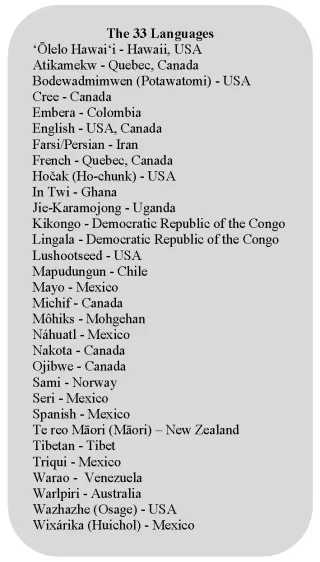
The festival was very well received with ninety-three percent of attendees rating the MTFF 2017 program ‘excellent’. One audience member was quoted saying “Indigenous film in DC is something that should be occurring regularly.” The festival was made possible through the combined efforts of the MTFF committee members including Joshua A. Bell, NMNH, Melissa Bisagni, NMAI, Amalia Cordova, CFCH, Mary S. Linn, CFCH, Torell Taylor, NMNH, Judith Andrews, NMNH, Laura Sharp, NMNH and Timothy Thurston, CFCH. Programming partners included the Hirshhorn Museum and Sculpture Garden, New York University DC, the Mexican Cultural Institute, and the New Zealand Embassy. Financial support was provided by the collaborating Smithsonian museums NMNH, CFCH and NMAI as well as federal support from the Latino Initiatives Pool, administered by the Smithsonian Latino Center. The committee would like to thank all who attended and supported this event.
The 2018 Mother Tongue Film Festival will bring a completely new set of mother tongue language films from around the world. We aim to include many languages not yet featured at the festival and to broaden our global reach. If you have a film you would love to see here in DC, let us know by emailing us at RecoveringVoices@si.edu. Keep up to date by joining the mother-tongue@si.edu listserv by emailing us at RecoveringVoices@si.edu. We look forward to seeing you all again next February!